One of the most significant consequences of the omnipresent multiplication of the image in the media era is the crushing of reality in a myriad of visual testimonies leveled by the net that are increasingly populist and unable to produce reliable hierarchies of meaning. In the illusory intellectual democracy of internet, where any opinion seems to have rights and opportunities for audience, it becomes increasingly difficult to trace back to the real data and to purge information from ideological, semantics and fictive adulterations. If univocal truths are by now surpassed by the awareness that the world is the sum of a multitude of opposed partialities, the only viable way seems to be the elaboration of possible narratives that arise from the analysis and linking of the fragmentary clues that the archives (digital and not) offer us to think about what identity our global society can take. This process transports instruments and methods borrowed from archeology, a discipline aimed at the reconstruction of a hypothetical but plausible point of view from incomplete and deteriorated finds, in the search for a new type of objectivity to approach the complex casualty of the present.
These reflections are the conceptual background of the exhibition The fragment as a tool, for an archeology of the ephemeral currently on show Enrico Astuni in gallery, which brings together three important installation projects by Maria Teresa Alvez, Øystein Aasan and Piero Gilardi, shared by an approach that adopts the notion of found as the starting point of an open dialogue on cultural conditioning inherent in every interpretation of reality. Knowing that no look is neutral and no archive is innocent, the three artists implement various strategies of “imaginary archeology” to investigate the theme of the contemporary monument and its new possible function to trigger a dialogical reflection that also includes the submerged aspects of history that have been hidden or ignored by dominant cultures.
Maria Teresa Alvez (Sao Paulo, 1961, living and working in Berlin) since the early 1990s has focused her research on the connection between intercontinental trade and the landscape that is constantly altered by the transit of men and seeds mixed with land transported as ballast in cargo ships. The seemingly inexplicable appearance of exotic or infested flora in regions far away from the original habitat is for her a powerful representation of human vocation to contamination and mobility in open opposition to Eurocentric colonialism that has always opened borders to goods from other countries continuing to deny a similar freedom of movement to people. The Wake Guangzhou installation is made up of a series of wooden panels, whose zigzagging shape recalls the Pearl River track in Liwan District, China, features hand-written photographs, drawings and notes, with which the artist tells the results of the her archive research on the Guangzhou port. The work retraces in a narrative form the historical and poetic contextualization of the sampling, carried out by her in 2008, of a large sample of land from Huangui Iu, a road in the former merchant district of Liwan, the only area in the city where in the past foreigners could reside. The harvested soil was placed in the local Museum of Contemporary Art in optimum conditions to favor the sprouting of seeds, which have been deposited over the years as a result of the uninterrupted passage of trains, cars, people, wind and rain, and plants that have emerged become irrefutable witness to the identity exchange that constitutes the humus of the current population.
The practice of Øystein Aasan (Kristiansand, Norway, 1977), present in the exhibition with a structure / platform that investigates the legacy of Modernism and the connections between architecture, ideology and history, uses books, collages, sculpture and painting to address the theme of memory and the contextualization of the various modes of understanding images by the spectator. The Display Unit (counter image) installation consists of a wooden architectural structure designed to coexist collage pictures from the Houses for Displaced series, based on the association between a model inspired by a village project designed in 1961 to accommodate Arabs displaced after the 1948 War and black and white archive images of modernist or antique temples, and Heaven sculptures that continue Brancusi’s reflections on the de-structuring of sculptural pedestal. These visualization devices explicitly exclude any narrative or sequential reading allowing the artist to combine details extracted from different cultural contexts that evoke seemingly heterogeneous or contradictory messages. The unity that is recreated in the physical and optical relationship between the work and the spectator shows that everything can be compared to anything and that the images conceal infinite stratifications of meaning because they always incarnate partial readings of a wider reality that one can only understand assuming the possible connections between its visible fragments.
The polyurethane foam Nature Carpets by Piero Gilardi (Turin, 1942) suggest lush environments that require emotional and playful living: his representation of magnified and gaudy nature, accurately camouflaged as exasperately artificial, expresses the need to create a new bioethical consciousness capable of rethinking the concept of natural in the mass-media and industrialized era. In his case, the fragment no longer assumes, as in the work of the two previous artists, the value of a clue to be brought back to the original matrix to have the key to access to the meanings contained therein, but an epiphany that in itself appears to manifest the utopian totality that he intends to awaken and make immanent. The spontaneous immediacy of his creations also wants to reread the concepts of interaction, virtual and sharing from a concretely participative perspective by explaining the need for a serious critical debate on the possible ways of enjoying art and life now that the recent technological revolution has changed in an irreversible way our approach to the world.
The fragment as a tool, for an archeology of the ephemeral
Maria Teresa Alvez – Øystein Aasan e Piero Gilardi.
curated by Lorenzo Bruni
2017 July, 6 th – October, 28 th
Galleria Enrico Astuni
Via Iacopo Barozzi 3, Bologna
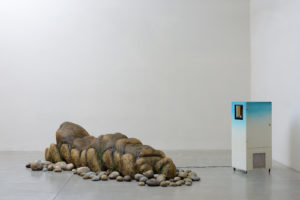
Galleria Enrico Astuni, Piero Gilardi, Scoglio Bretone, 2001
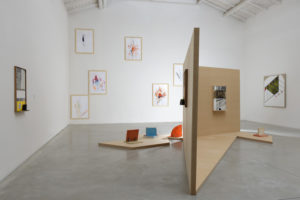
Veduta parziale della mostra Il frammento come strumento. Per un’archeologia dell’effimero, Bologna, Galleria Enrico Astuni, 2017. Ph. Michele Sereni A terra, centrale: Øystein Aasan, Display Unit (counter image), 2017. Ph. Michele Sereni
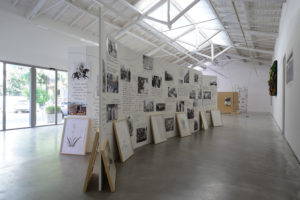
Maria Thereza Alves, Wake Guangzhou: The History of the Earth, 2008/2017 (veduta parziale dell’installazione)
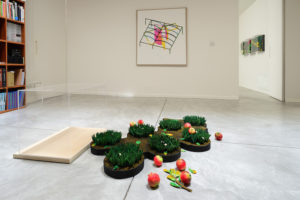
Veduta parziale della mostra Il frammento come strumento. Per un’archeologia dell’effimero, Bologna, Galleria Enrico Astuni, 2017. Ph. Michele Sereni A terra, centrale: Piero Gilardi, Melograni caduti (puzzle-natura), 2017
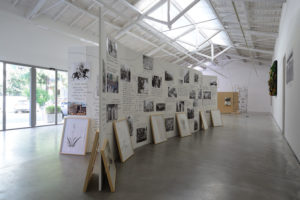
Veduta parziale della mostra Il frammento come strumento. Per un’archeologia dell’effimero, Bologna, Galleria Enrico Astuni, 2017. Ph. Michele Sereni A terra, centrale: Maria Thereza Alves, Wake Guangzhou: The History of the Earth, 2008/2017
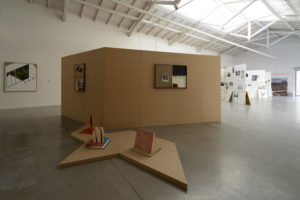
Veduta parziale della mostra Il frammento come strumento. Per un’archeologia dell’effimero, Bologna, Galleria Enrico Astuni, 2017. Ph. Michele Sereni A terra, centrale: Øystein Aasan, Display Unit (counter image), 2017. Ph. Michele Sereni
Graduated in art history at DAMS in Bologna, city where she continued to live and work, she specialized in Siena with Enrico Crispolti. Curious and attentive to the becoming of the contemporary, she believes in the power of art to make life more interesting and she loves to explore its latest trends through dialogue with artists, curators and gallery owners. She considers writing a form of reasoning and analysis that reconstructs the connection between the artist’s creative path and the surrounding context.



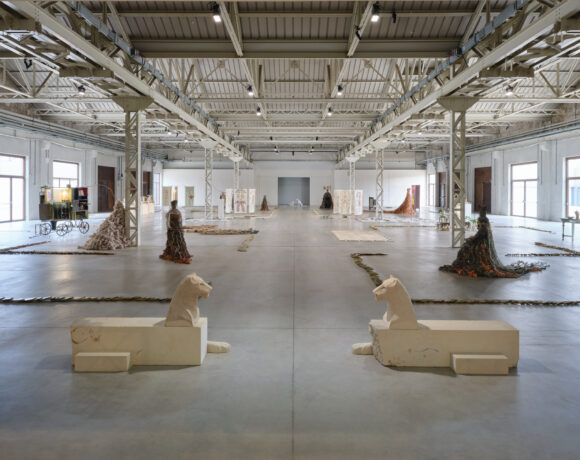



NO COMMENT